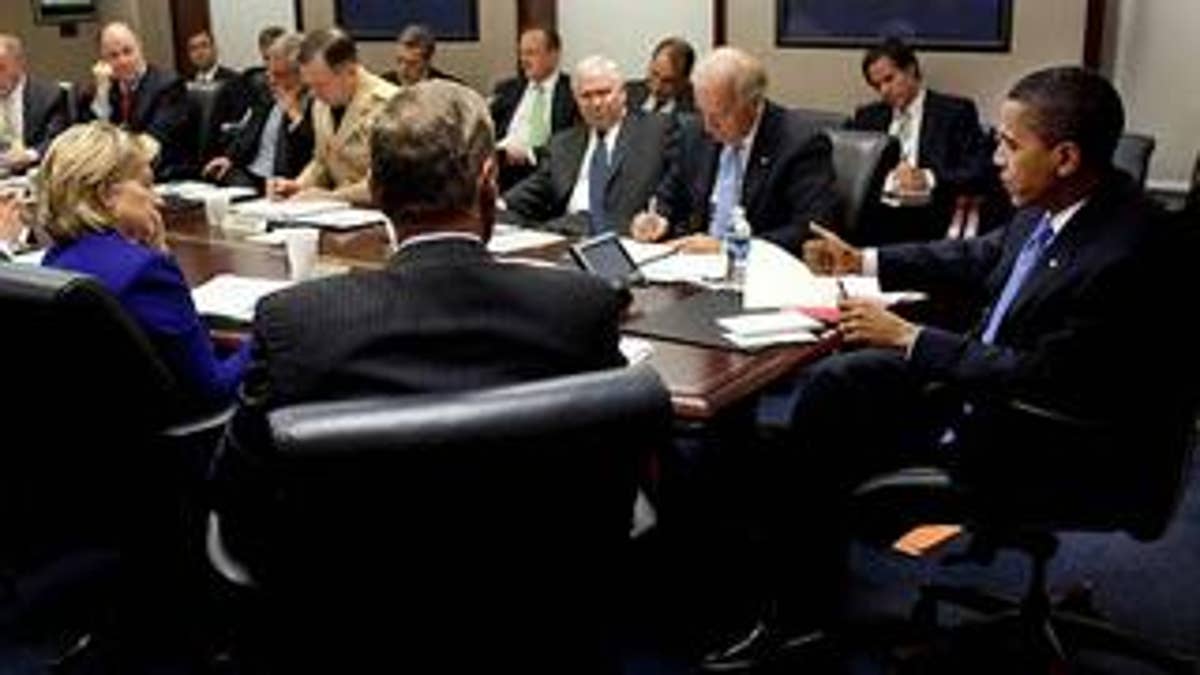
Since first invading Afghanistan nearly a decade ago, America set one primary goal: Eliminate Al Qaeda's safe haven.
Today, intelligence and military officials say they've severely constrained Al Qaeda's ability to operate there and in Pakistan -- and that's reshaping the debate over U.S. strategy in the region.
Hunted by U.S. drones, beset by money problems and finding it tougher to lure young Arabs to the bleak mountains of Pakistan, Al Qaeda is seeing its role shrink there and in Afghanistan, according to intelligence reports and Pakistani and U.S. officials. Conversations intercepted by the U.S. show Al Qaeda fighters complaining of shortages of weapons, clothing and, in some cases, food. The number of foreign fighters in Afghanistan appears to be declining, U.S. military officials say.
For Arab youths who are Al Qaeda's primary recruits, "it's not romantic to be cold and hungry and hiding," said a senior U.S. official in South Asia.
In Washington, the question of Al Qaeda's strength is at the heart of the debate over whether to send thousands more troops to Afghanistan. On Saturday, eight American troops and two Afghan soldiers were killed fighting Taliban forces -- one of the worst single-day battlefield losses for U.S. forces since the war began.
Opponents of sending more troops prefer a narrower campaign consisting of missile strikes and covert action inside Pakistan, rather than a broader war against the Taliban, the radical Islamist movement that ruled Afghanistan for years and provided a haven to Al Qaeda's Usama bin Laden. Their reasoning: The larger threat to America remains Al Qaeda, not the Taliban; so, best not to get embroiled in a local war that history suggests may be unwinnable.





















